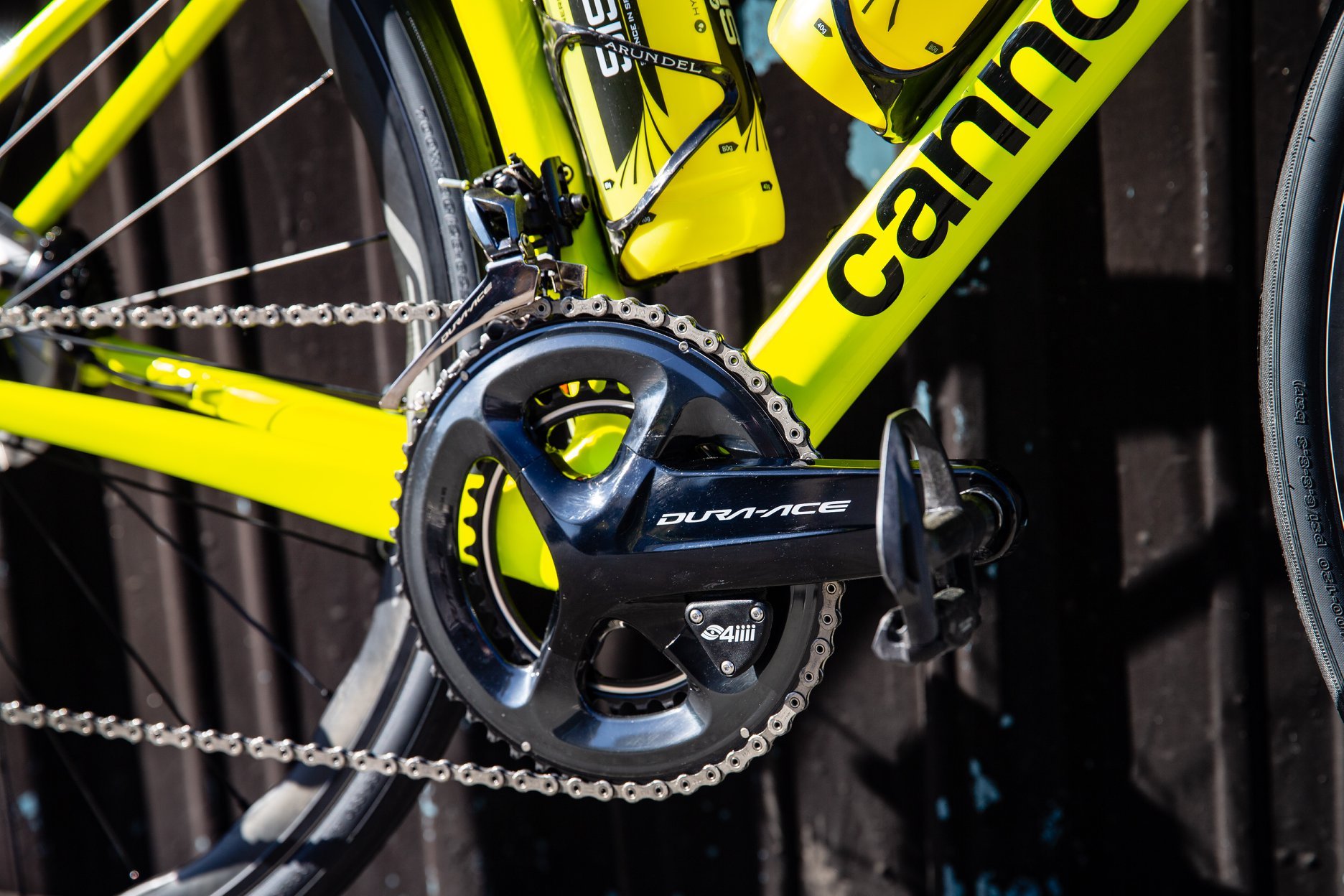Power Meters vs Other Training Devices
Heart rate monitors are another commonly used performance training device. However, while heart rate monitors do tend to be less expensive and can offer a good insight into your performance on the bike, broadly speaking, power meters are the preferred measurement device for most athletes because they offer:
✓ Much more reliable, consistent measurements
✓ A greater understanding of the strengths and weaknesses of your body
✓ Allows you to maximize training efficiency with much greater effectiveness
How To Set Up Your Power Meter
To get the most benefit from training with a power meter, first, it’s important to establish your power zones. Using these benchmarks, you’ll be able to track your efforts when you’re out on the roads and trails, and even follow a structured training plan developed by the cycling coaching app, SPOK’D.
To establish your zones, you’ll need to follow the four simple steps below:
- Ride a 20 min test
- Take the average power across the 20 minutes x 0.95
- Generate your FTP
- Input your FTP into a power zone calculator
Once you’ve established your power zones, you can devise your training plan on SPOK’D.
The Benefits Of Using A Power Meter
Now we’ve explained what a power meter does, how it compares to other training devices and how you can set one up, let’s take a closer look at the key benefits of training and riding with a power meter.
Instant, Reliable Data
Firstly, training with a power meter provides data instantly, so as soon as you hammer down on the pedals, you can gauge how hard you are riding. This is particularly helpful if you’re trying to stay within a certain power zone – like if you need to catch up to the group ahead, using a short sharp burst of speed, a power meter can help ensure that you don’t go into the red and get dropped as soon as you catch up to the group.
Similarly, this data will help you moderate the intensity that you’re riding with during the entire session and allow you to pace your ride to perfection. We’ve all been there – feeling your energy sapping in the last few kilometres because you’ve ridden too hard earlier in the outing.
Understand Your Body Better
Secondly, using your power ranges, you can create a personalised power profile which allows you to benchmark your efforts from 10 seconds to 1 hour. Using this information, you can gain a greater conception of whether you need to work on your ability to produce short, powerful bursts or longer sustained efforts.
This can be helpful in a wide range of circumstances, like if you’re a road racer, for instance, looking to improve sprinting performance for criteriums or sportive rider training for your next Gran Fondo.
Make Your Training More Efficient
Lastly, with the ability to pace your efforts and pinpoint areas of your riding that need work, power meters also allow you to build and tailor your workouts to improve specific areas related to your goals. With a more structured training plan, you can avoid unnecessary hours on the bike and become fitter for less work.
Similarly, the gains you make will be more consistent, incremental and your goals can be adjusted based on your new-found fitness.
Thankfully, power meters are becoming more accessible than ever before at even lower price points. So, if you want to get the most out of your riding and training, a power meter could be a great addition to your set up.
